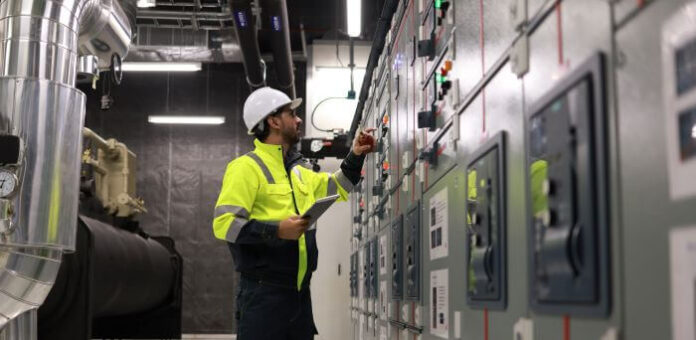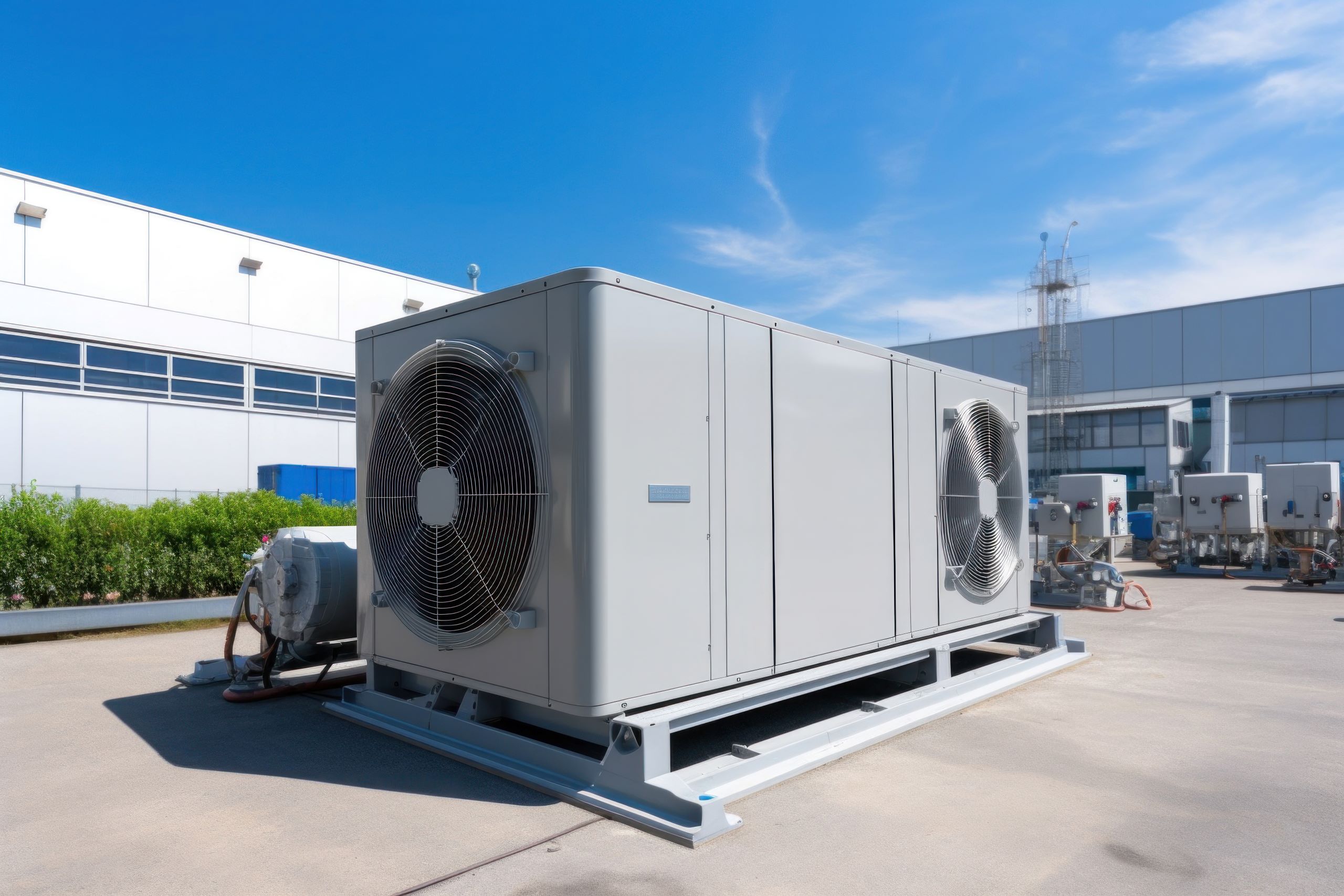Manufacturing companies face numerous challenges, including high energy costs, fluctuating material quality, and the constant pressure to reduce waste and increase output. These pain points can severely impact productivity and, ultimately, the bottom line.
One often overlooked yet crucial factor in overcoming these challenges is environmental control. Inconsistent temperatures, humidity levels, and air quality can disrupt manufacturing processes, leading to defects, downtime, and increased operational costs. This is where advanced environmental control comes into play.
What Is Advanced Environmental Control?
Advanced environmental control, including the use of environmental control units, refers to the integration of sophisticated technologies and systems designed to maintain optimal environmental conditions within a manufacturing facility. These systems monitor and adjust variables like temperature, humidity, air pressure, and ventilation in real time to ensure that the manufacturing environment remains consistent and conducive to high-quality production. Additionally, these systems support broader environmental management goals by ensuring optimal air quality and energy efficiency throughout the facility.
Unlike traditional HVAC systems, which offer basic heating, cooling, and ventilation, advanced environmental control systems, supported by environmental control units, use sensors, automation, and data analytics to provide precise control over environmental factors. This level of precision helps maintain the stability of processes that are sensitive to environmental changes, such as those in the pharmaceutical, electronics, and food industries. Moreover, these systems contribute to environmental protection by minimizing the environmental impact of manufacturing operations.
7 Ways Advanced Environmental Control Can Enhance Manufacturing Efficiency
When it comes to enhancing manufacturing efficiency, advanced environmental control systems offer several significant advantages. Let’s explore seven key ways these systems can transform your manufacturing operations.
1. Improved Product Quality
One of the most immediate benefits of advanced environmental control is the improvement in product quality. Many manufacturing processes are highly sensitive to environmental conditions. For instance, excessive humidity can cause materials to warp or degrade, while temperature fluctuations can lead to inconsistent curing or drying times. By maintaining strict control over these variables, advanced environment control systems help ensure that products are manufactured to the highest standards, reducing defects and waste. This attention to detail also aligns with environmental policy initiatives by reducing waste and conserving resources.
2. Reduced Downtime
Unplanned downtime is a costly issue for manufacturers, often resulting from equipment failures or environmental conditions that are out of tolerance. Advanced environmental control systems can significantly reduce downtime by keeping environmental factors within optimal ranges, thus preventing disruptions. Additionally, these systems can alert operators to potential issues for proactive maintenance, minimizing interruptions to production. This proactive approach supports environmental management by optimizing operational efficiency and reducing resource waste.
3. Energy Efficiency
Energy consumption is a major concern in manufacturing, both from a cost and an environmental standpoint. Advanced environmental control systems are designed to optimize energy use by adjusting heating, cooling, and ventilation based on real-time conditions. For example, these systems can reduce energy usage during off-peak hours or adjust temperature settings to match current production needs, leading to significant cost savings and a smaller carbon footprint. By enhancing energy efficiency, these systems contribute to more sustainable manufacturing practices.
4. Enhanced Worker Comfort and Safety
Advanced environment control systems ensure that the facility’s temperature, humidity, and air quality are consistently within comfortable ranges for workers. This not only helps in reducing the likelihood of heat stress or dehydration but also ensures that workers are operating in a clean, well-ventilated environment, which can decrease the risk of respiratory issues and improve overall morale. Maintaining high air quality also aligns with environmental protection standards, ensuring a healthier workplace.
5. Increased Operational Flexibility
Advanced environment control systems offer greater flexibility in production operations. With precise control over environmental conditions, manufacturers can switch between different products or processes more easily without worrying about cross-contamination or the need for extensive recalibration. This is particularly valuable in industries where several products are manufactured for quicker changeovers and increased throughput. This flexibility supports both environmental management and water conservation by optimizing processes and minimizing resource use.
6. Compliance with Regulatory Standards
Many industries, particularly those involving pharmaceuticals, food, and electronics, are subject to strict regulatory standards regarding environmental conditions. Advanced environment control systems help manufacturers maintain compliance by ensuring that environmental parameters are consistently within the required limits. This not only avoids costly fines and shutdowns but also strengthens the company’s reputation for quality and reliability. Compliance also ensures alignment with environmental policy objectives, contributing to broader sustainability goals, especially for expanding manufacturing businesses.
7. Data-Driven Decision Making
Finally, advanced environment control systems provide valuable data that can be used to make informed decisions about production processes. By continuously monitoring environmental conditions and correlating them with production outcomes, manufacturers can identify trends, optimize settings, and make adjustments that improve efficiency. This data-driven approach enables continuous improvement and helps manufacturers stay competitive while supporting environmental protection efforts through optimized resource use.
Conclusion
Advanced environmental control is no longer a luxury but a necessity for manufacturers seeking to enhance efficiency and maintain high product quality standards. By leveraging the power of these sophisticated systems, manufacturers can create a stable, optimized environment that supports their production goals and helps them stay ahead in a competitive landscape. Whether you’re looking to reduce downtime, improve energy efficiency, or ensure compliance with stringent environmental policy regulations, investing in advanced environmental control is a smart move for the future of your manufacturing operations. Additionally, these systems help promote environmental protection and water conservation, contributing to a more sustainable and responsible manufacturing process.








